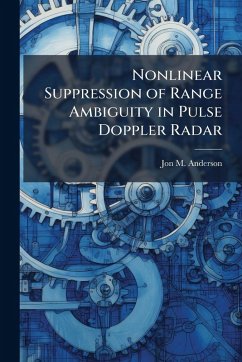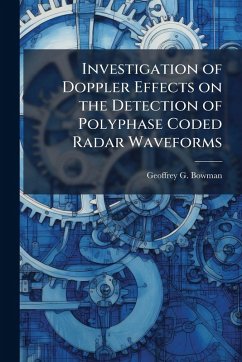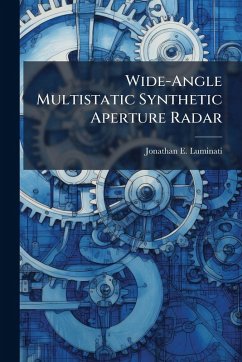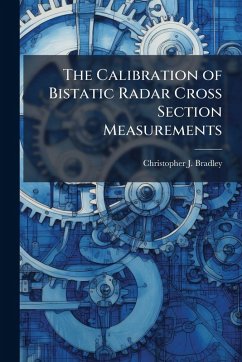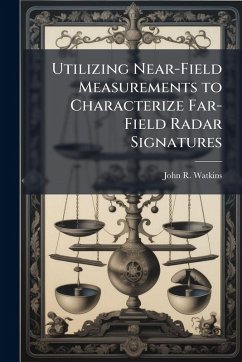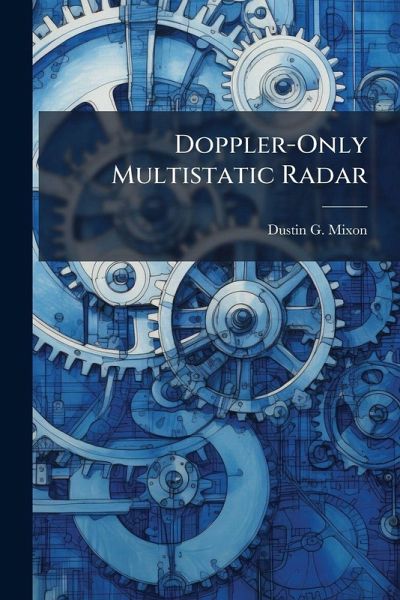
Doppler-Only Multistatic Radar

PAYBACK Punkte
8 °P sammeln!
In order to estimate the position and velocity of a target, most multistatic radar systems require multiple independent target measurements, such as angle-ofarrival, time-of-arrival, and Doppler information. Though inexpensive and reliable, Doppler-only systems have not been widely implemented due to the inherent nonlinear problem of determining a target's position and velocity from their measurements. We solve this problem. In particular, we first establish the lack of observability in the Doppler-only bistatic system, thereby demonstrating the need for multiple transmitters and/or receivers....
In order to estimate the position and velocity of a target, most multistatic radar systems require multiple independent target measurements, such as angle-ofarrival, time-of-arrival, and Doppler information. Though inexpensive and reliable, Doppler-only systems have not been widely implemented due to the inherent nonlinear problem of determining a target's position and velocity from their measurements. We solve this problem. In particular, we first establish the lack of observability in the Doppler-only bistatic system, thereby demonstrating the need for multiple transmitters and/or receivers. Next, for a multistatic system with a sufficient number of transmitter-receiver pairs, we invoke classical optimization techniques, such as gradient-descent and Newton's method, to quickly and reliably find a numerical solution to the system of nonlinear Doppler equations. Finally, we indicate a best design for the transmitter-receiver constellation to be employed in the aforementioned optimization. This work has been selected by scholars as being culturally important, and is part of the knowledge base of civilization as we know it. This work was reproduced from the original artifact, and remains as true to the original work as possible. Therefore, you will see the original copyright references, library stamps (as most of these works have been housed in our most important libraries around the world), and other notations in the work. This work is in the public domain in the United States of America, and possibly other nations. Within the United States, you may freely copy and distribute this work, as no entity (individual or corporate) has a copyright on the body of the work. As a reproduction of a historical artifact, this work may contain missing or blurred pages, poor pictures, errant marks, etc. Scholars believe, and we concur, that this work is important enough to be preserved, reproduced, and made generally available to the public. We appreciate your support of the preservation process, and thank you for being an important part of keeping this knowledge alive and relevant.



